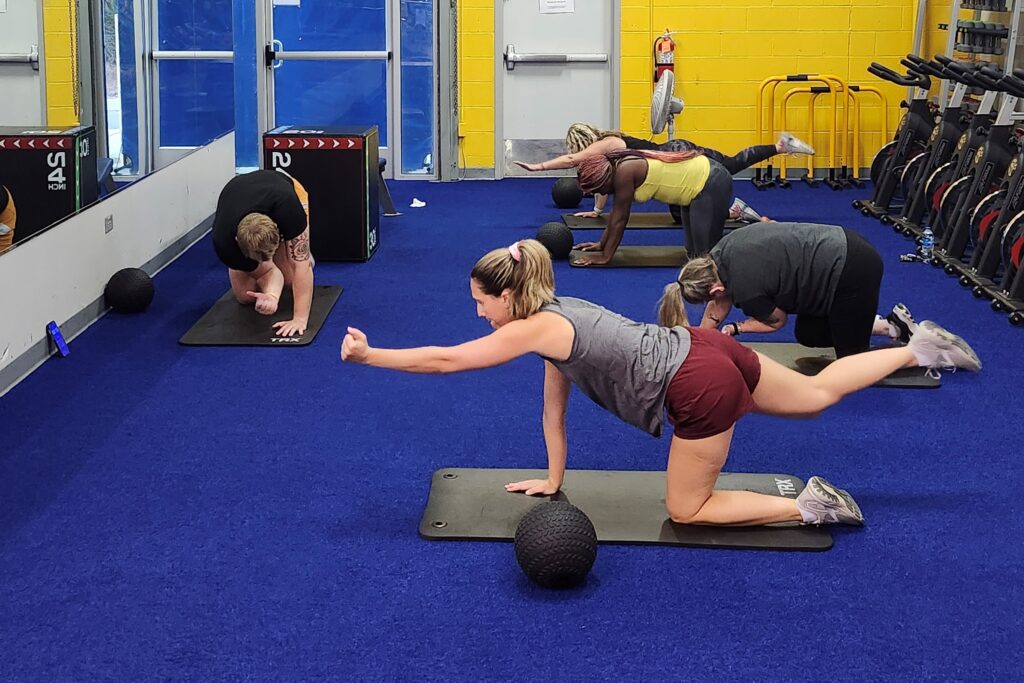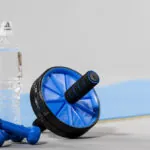Dynamic stretching not only prepares your muscles and joints for the heavy lifting ahead but also enhances your overall flexibility and performance. Let’s dive into how these stretches can be your secret weapon in achieving those lifting goals.
The role of dynamic stretching in weightlifting
Dynamic stretching involves performing movements that gradually increase your reach and speed of movement. Unlike static stretches, which involve holding a position, dynamic stretches are about moving as you stretch. This type of stretching is crucial for weightlifters because it warms up the muscles in a way that mimics the exercises performed during a session, preparing the body for the range of motion and the physical demands of weightlifting.
Why make dynamic stretching a key part of your routine? For starters, it increases blood flow and temperature in the muscles, which reduces stiffness and increases flexibility. This means you can perform lifts with a greater range of motion, reducing the risk of injury and improving your overall lifting mechanics.
Additionally, dynamic stretches stimulate the nervous system, enhancing neuromuscular coordination. This coordination is vital for lifting heavier weights and optimizing each lift’s effectiveness. By incorporating dynamic stretches that target specific muscle groups, you can ensure that each muscle is primed and ready to support your lifting efforts, leading to better performance and safety during your workouts.
Dynamic stretches for key muscle groups
Here are some dynamic stretching exercises based on what muscles you will be working:
Stretches for leg muscles
- Quadriceps stretches: Begin with walking high knees to engage your quads. This movement involves lifting your knees as high as possible with each step and can be enhanced by adding a slight jog. Follow up with butt kicks, where you jog lightly while kicking your heels up towards your glutes. These movements increase flexibility and prepare the quadriceps for squats and other leg-intensive lifts.
- Hamstring stretches: For the hamstrings, leg swings are excellent. Stand on one leg and swing the other leg forward and backward, gradually increasing the height and speed. Incorporate inchworms by walking your hands forward from a standing position to a plank, and then walking your feet towards your hands in small steps.
- Calf stretches: Ankle bounces are effective for waking up the calves. Stand with your feet shoulder-width apart and simply bounce on your toes, flexing the calf muscles as you lift your heels off the ground.
Stretches for core muscles
- Lower back stretches: Standing windmills target your lower back effectively. Stand with your legs wide apart and alternate reaching down to touch your opposite foot with each hand, which also engages your obliques.
- Abdominal stretches: Standing torso twists are great for the abs. Stand with feet hip-width apart and twist your torso from side to side, allowing your arms to swing loosely. This not only stretches the abdominal muscles but also warms up the spine.
Stretches for upper body muscles
- Shoulder and upper back stretches: Start with arm circles, making large circles with your arms both forwards and backwards. Follow up with dynamic shoulder stretches like shrugs and rolls to loosen up the upper back and shoulder areas.
- Chest stretches: Open book stretches are fantastic for the chest. Lie on your side with your knees bent, and open your top arm across your body as if opening a book, turning your head in the direction of the movement to stretch the chest and front shoulder.
If you want to learn more tips and tricks how you can improve your fitness, make sure to read our other blog posts.
Final thoughts
Dynamic stretching is more than just a warm-up; it’s a critical component of a successful and sustainable weightlifting practice. By focusing on movements that enhance flexibility, promote blood flow, and prepare the muscles for activity, you lay the groundwork for a more effective and safe workout. Remember, the goal is to match the stretches with the muscle groups you’ll be engaging in your session. This targeted approach helps maximize performance and minimize downtime due to injuries.





